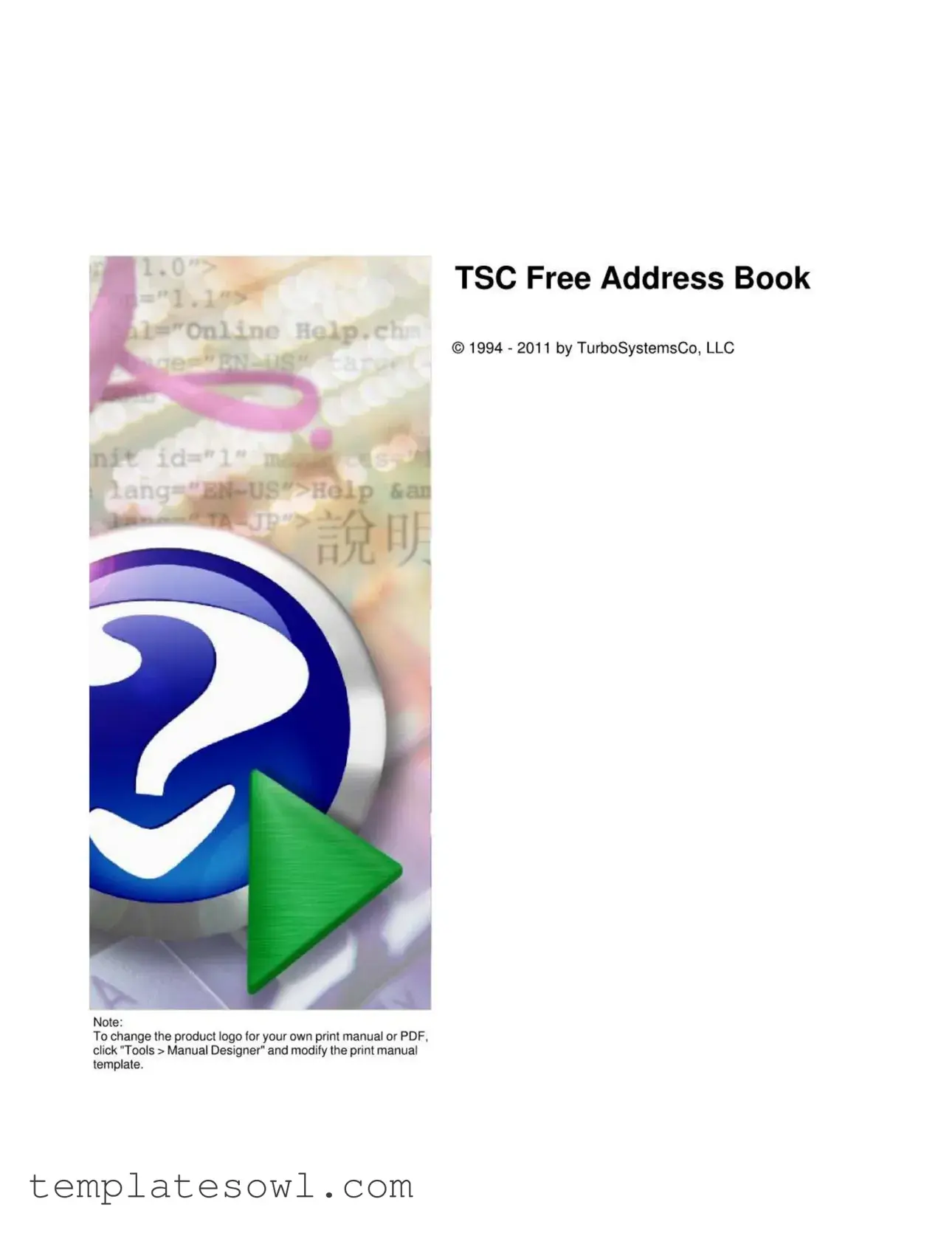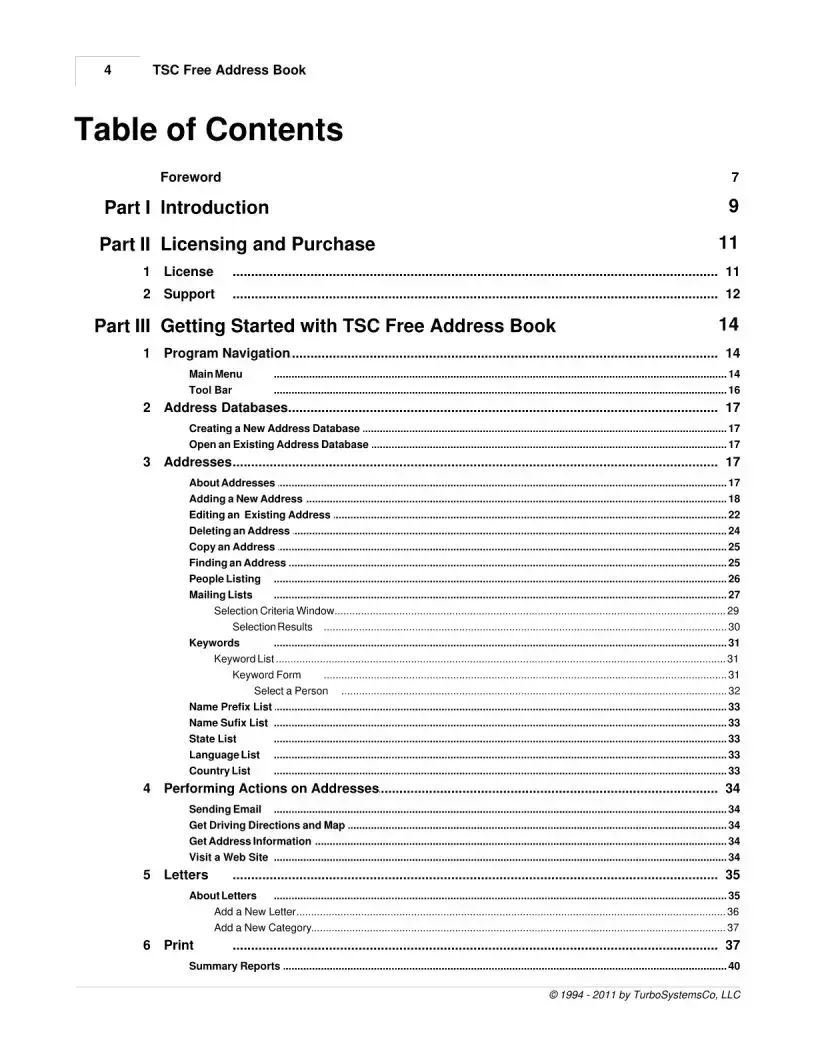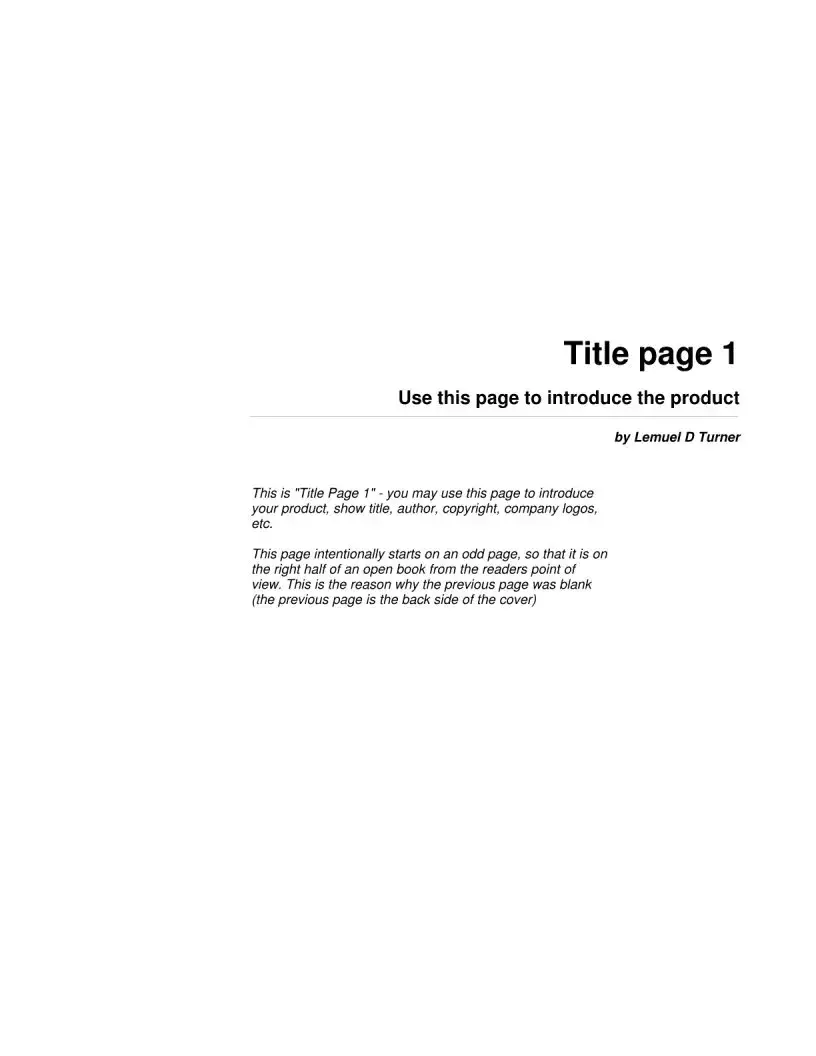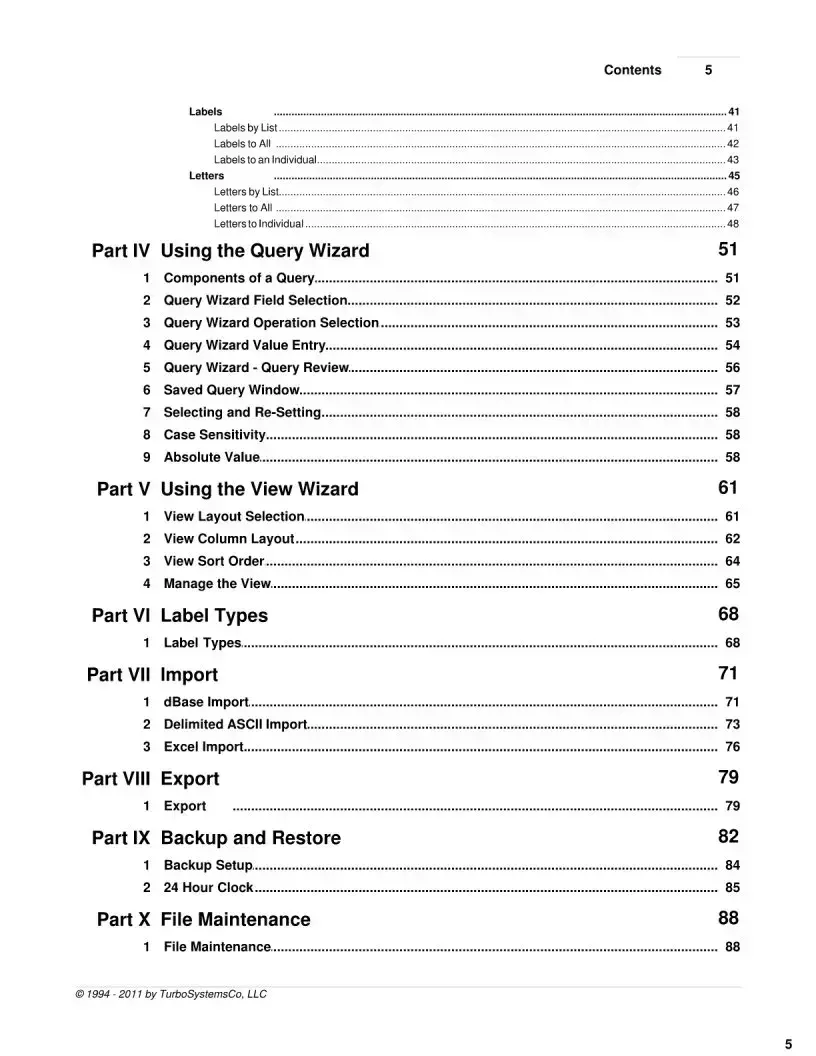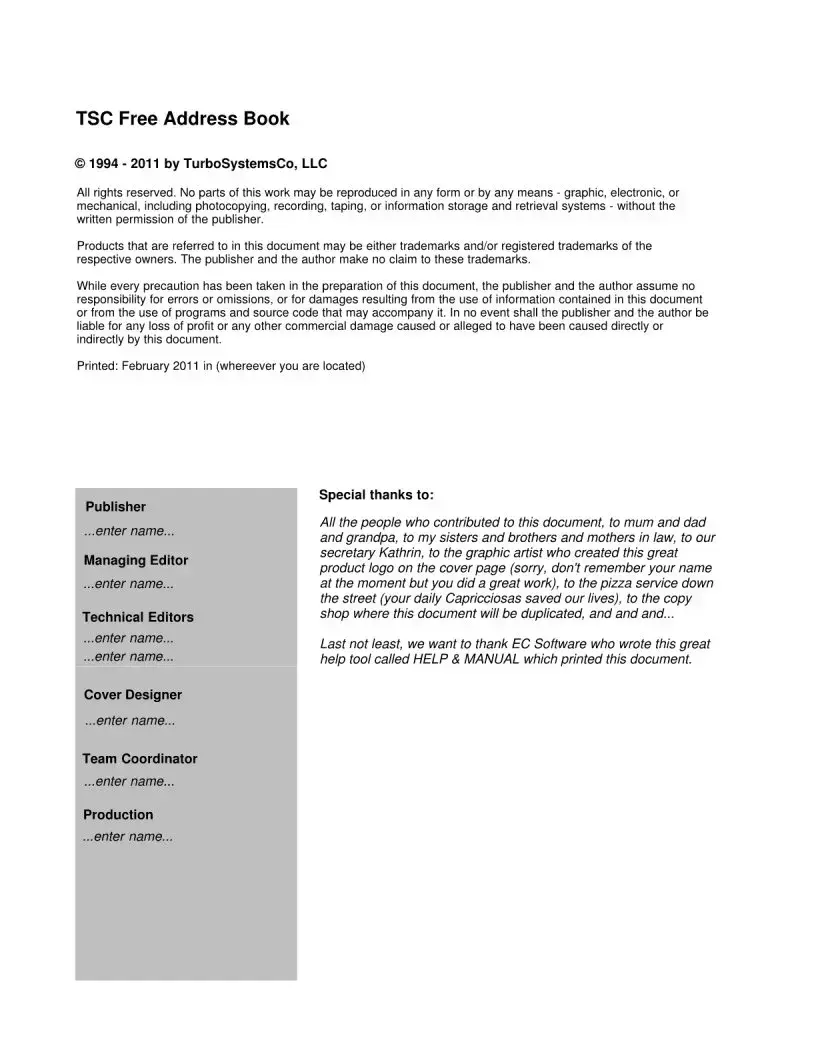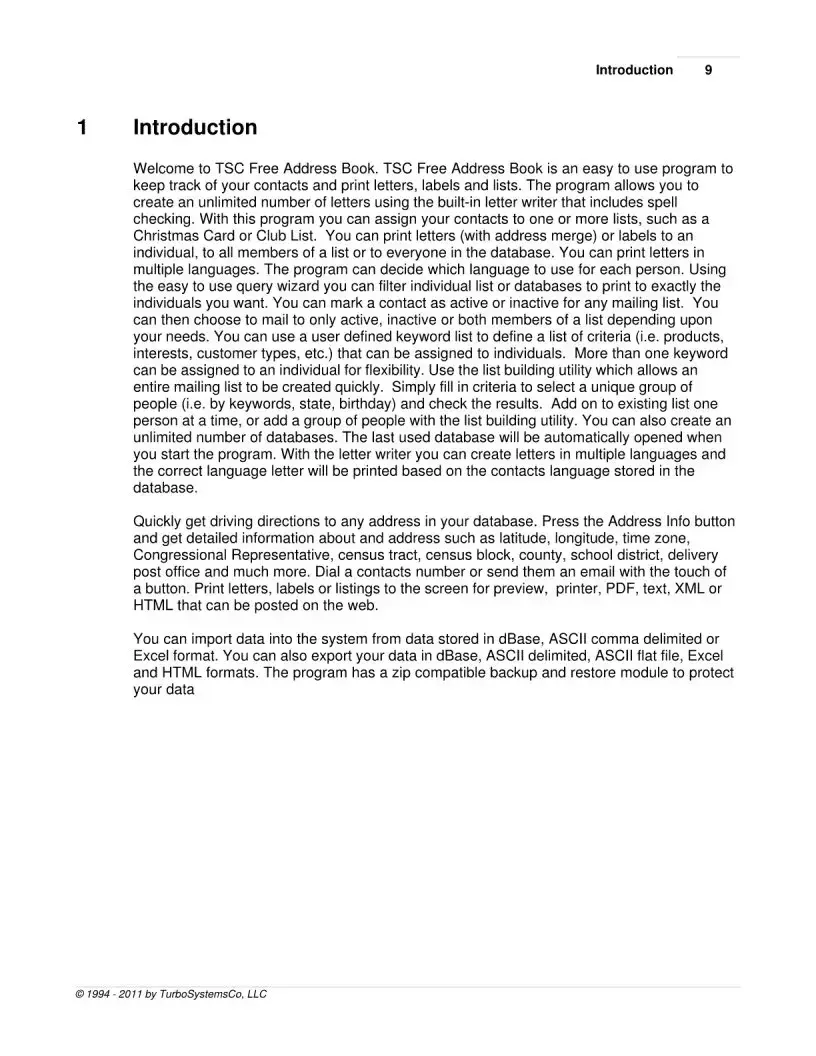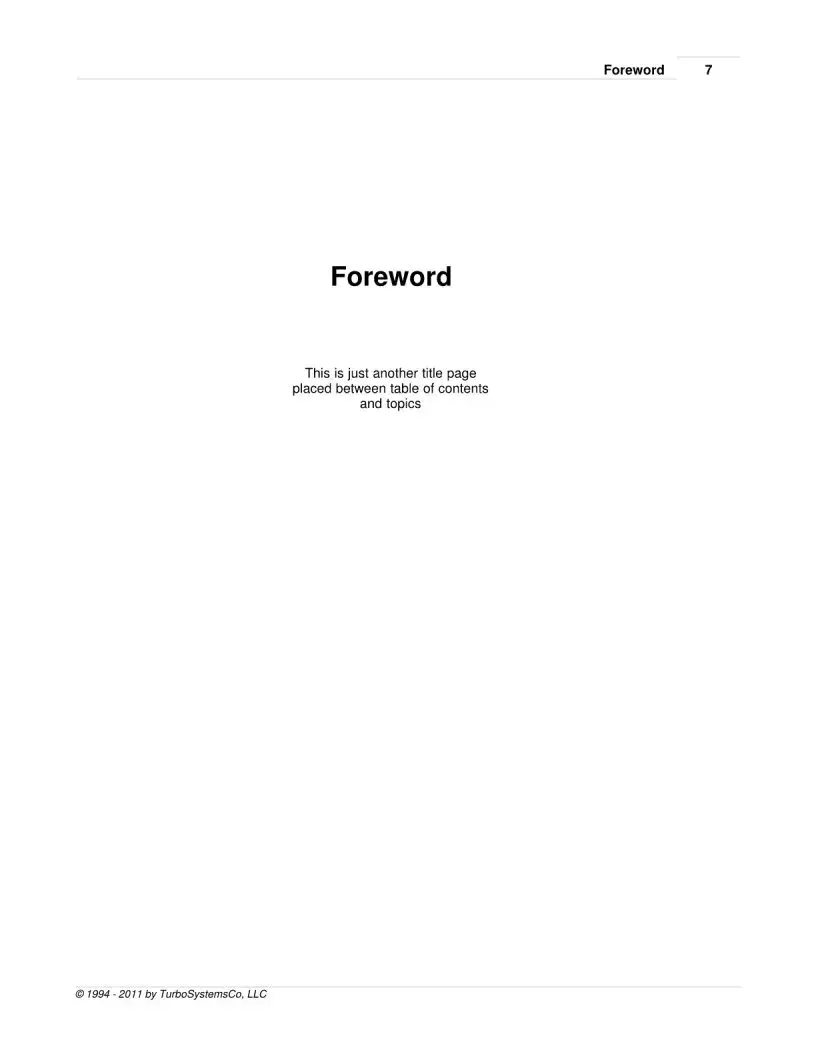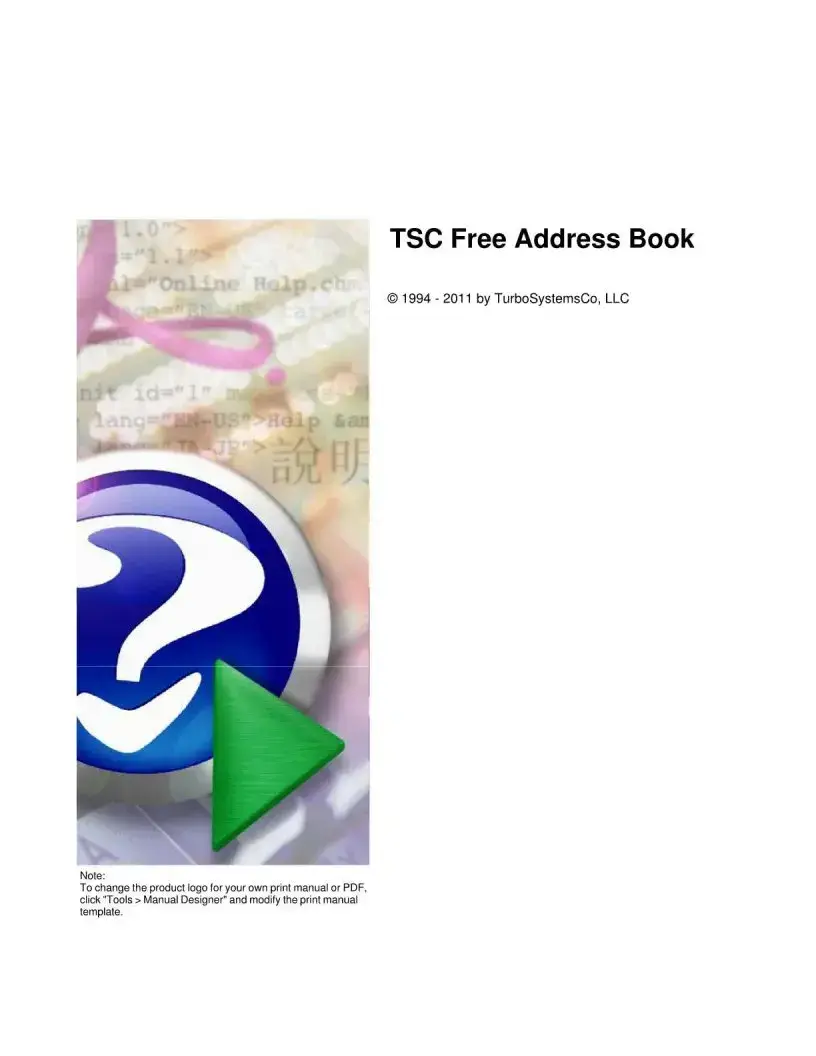Filling out the Address Book form can seem straightforward, but many people encounter common mistakes that can lead to frustration later on. One frequent error is the omission of required information. Users sometimes forget to include essential details, such as names or addresses, which can render the entire entry incomplete. Ensure that all mandatory fields are filled in to facilitate smooth record-keeping.
Another common mistake is providing incorrect information. Even minor errors, such as misspelling a name or misplacing a digit in a phone number, can create problems down the line. Double-checking all entries can help prevent these missteps. It is advisable to verify the information with the individual or organization to avoid confusion.
Not following a consistent format is also a pitfall. When different formats are used, it becomes challenging to locate specific information later. For instance, deciding to enter phone numbers in various styles can lead to disorganization. Opting for a single format throughout can greatly enhance clarity and accessibility.
Individuals may overlook the importance of categorization. Failing to use categories or tags can make searching for specific entries cumbersome. Using tags such as "family," "work," or "friends" can help streamline the process of locating contacts, particularly in a large database.
Inconsistent naming conventions can create confusion as well. Some may choose to enter just first names, while others include surnames. Establishing a consistent approach to how names are recorded allows for easier searching and less ambiguity when looking for contacts.
Lack of regular updates is another mistake people tend to make. Contact information is often dynamic; addresses or phone numbers can change frequently. Regularly reviewing and updating entries ensures that the information remains accurate. Setting a schedule to revisit the Address Book periodically can be beneficial.
Some users neglect to back up their data. Losing an entire database due to a computer error or accidental deletion can be devastating. Performing regular backups ensures that your important contacts are protected and easily recoverable.
People also often fail to utilize available features fully. The Address Book form may include various tools such as import/export capabilities or label creation options. Failing to take advantage of these features can limit the functionality of the Address Book and hinder the overall experience.
Finally, setting unrealistic expectations is a mistake many make. It is important to remember that organizing a vast amount of information takes time and effort. Patience and consistency in updating and managing the Address Book yield the best long-term results.
